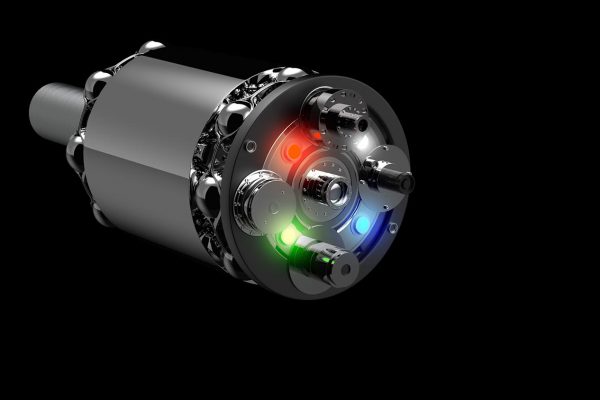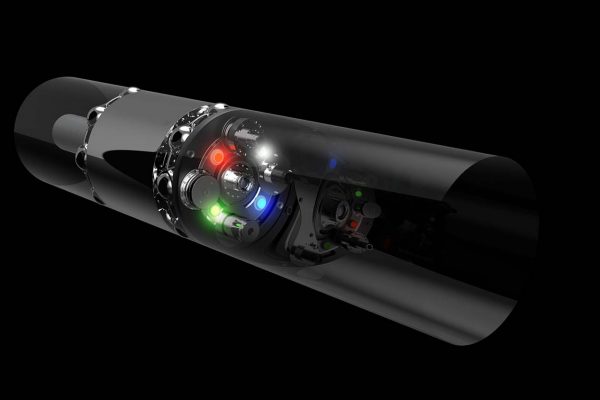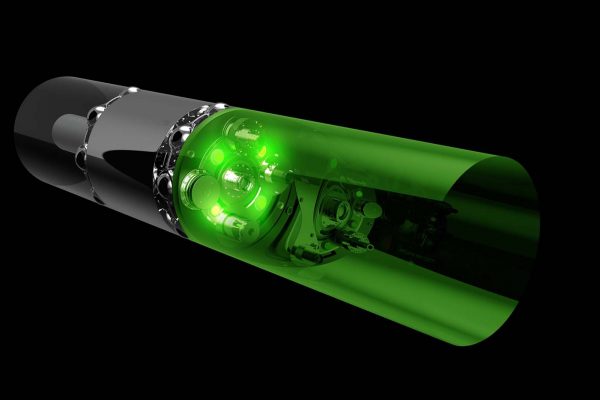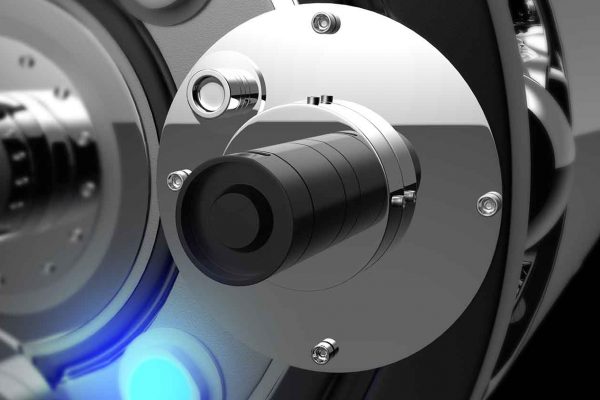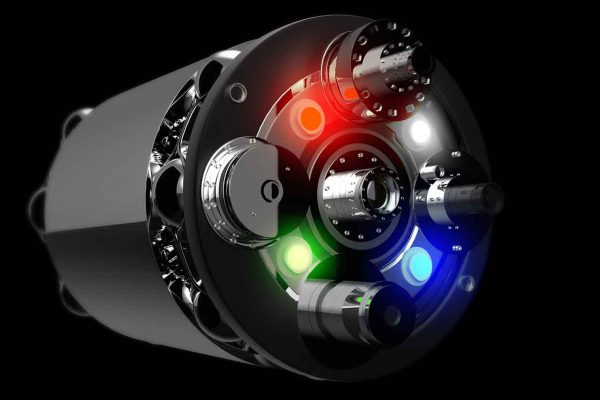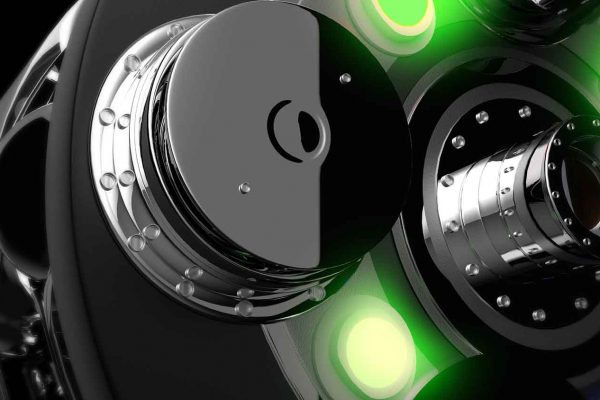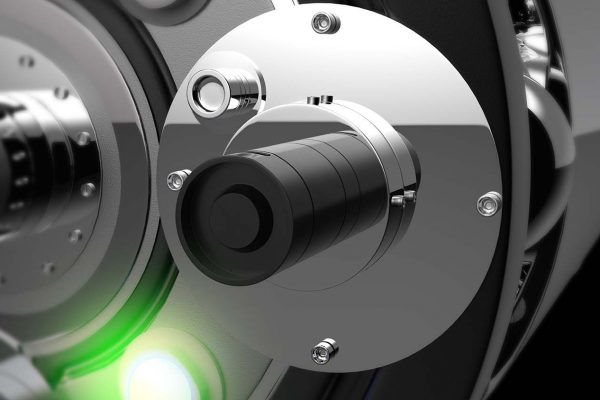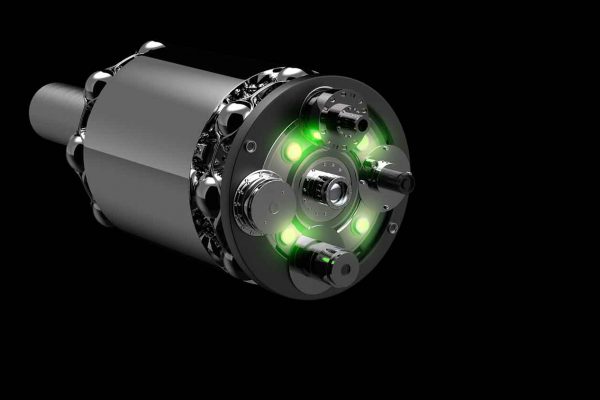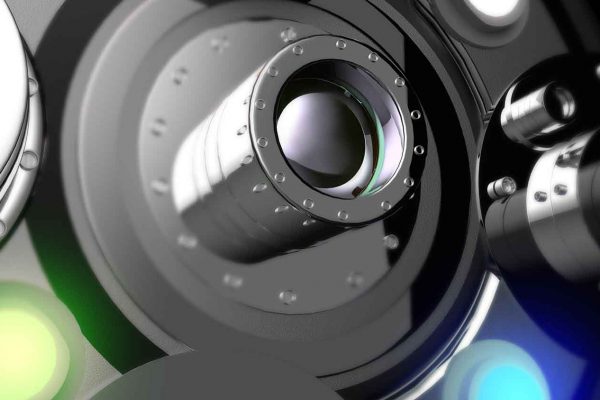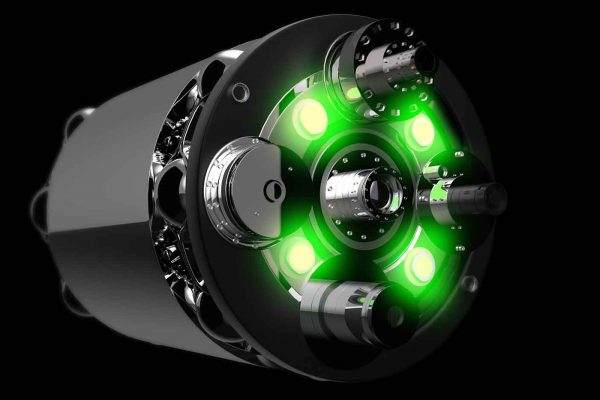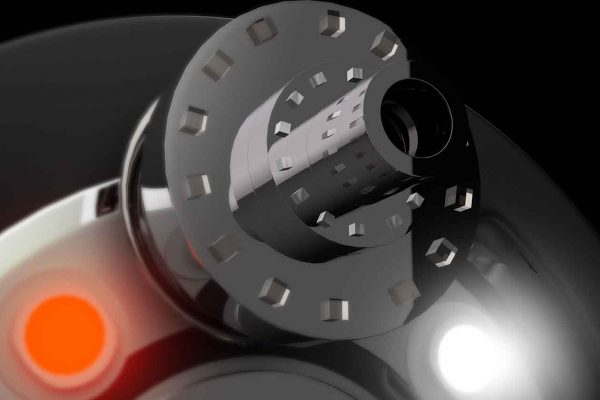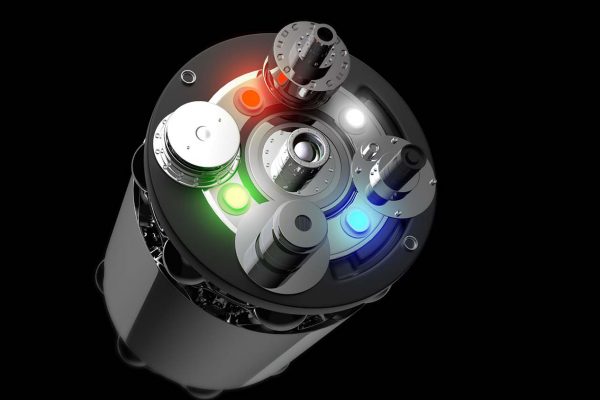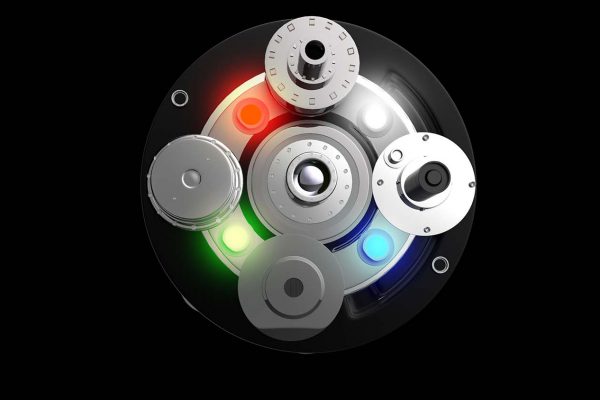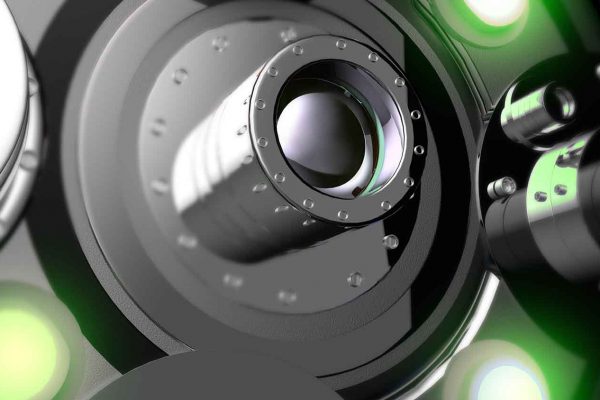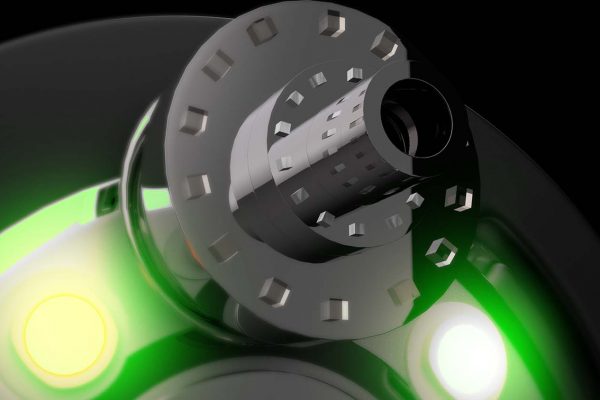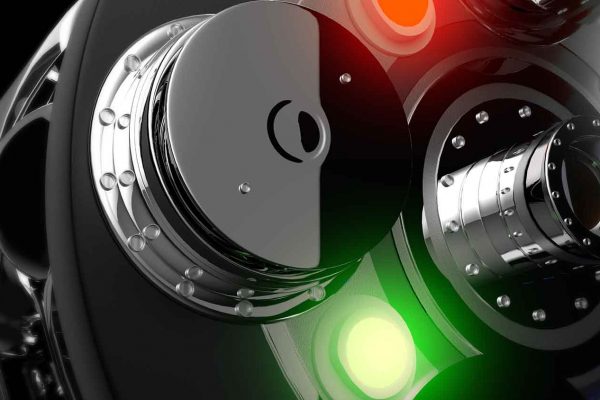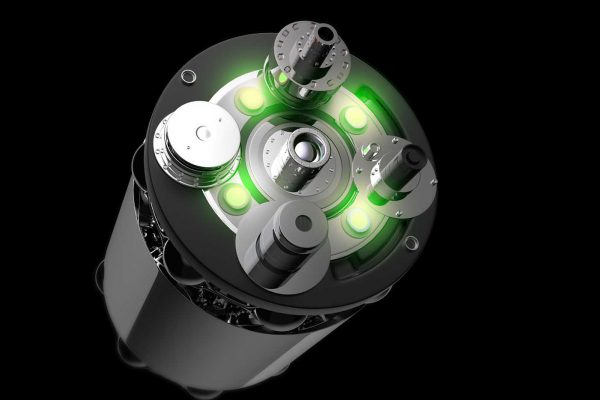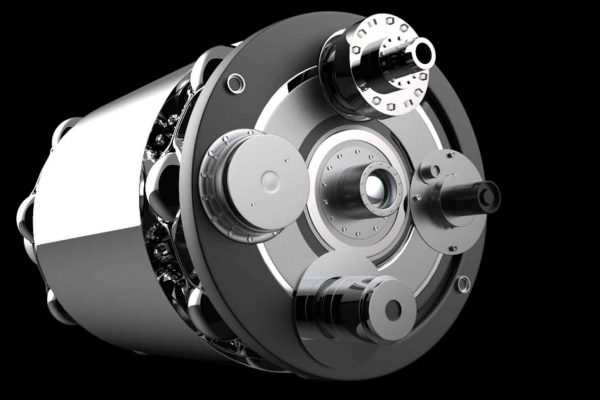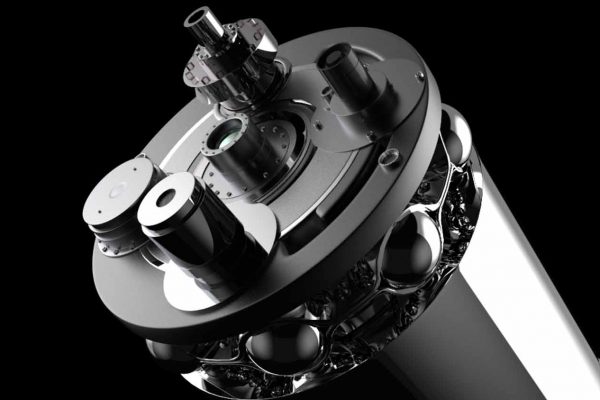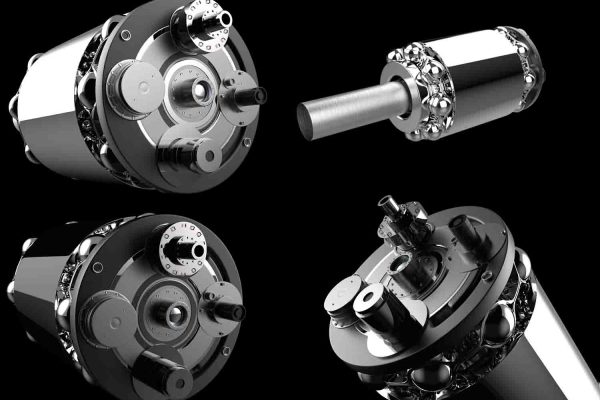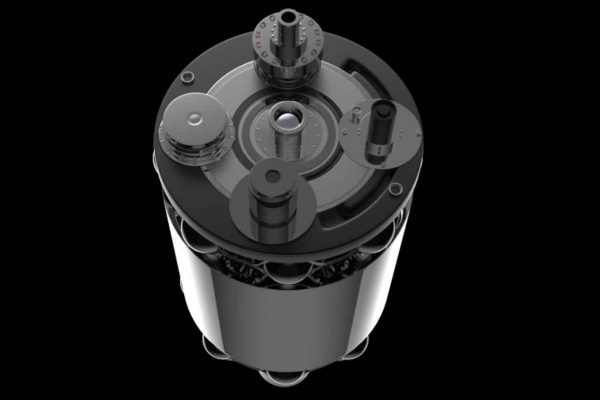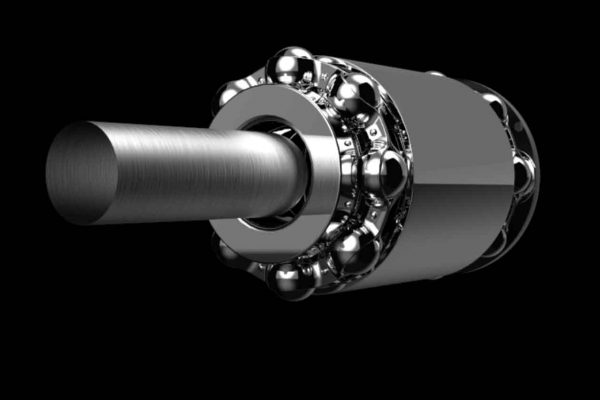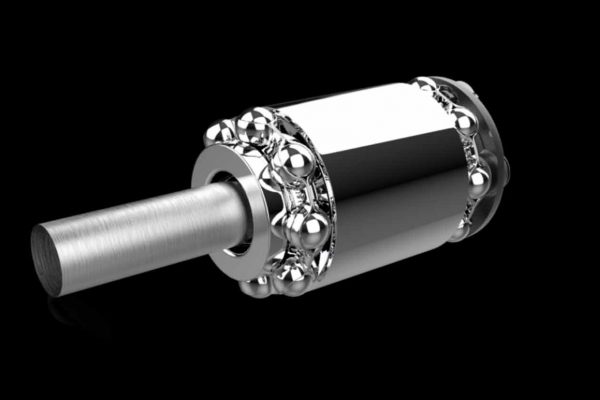ZONE TUBES™
Isolating Threat Locations
ATIS™ - AUTONOMOUS TACTICAL IDENTIFICATION SYSTEMS™
The Space Shields® platform requires isolated sensing areas around the system in order to identify a threat. How Space Shields® does this is through Zone Tubes™. Zone Tubes™ are of varying sizes and dimensions depending on the area being sensed or what the predetermined sensor threat concern is.. Within large stadiums or public gatherings, these Zone Tubes™ are actual functional tubes. Inside each of the Zone Tubes™ are where the electronics starts and the drivers, actuators, lasers, sensors, cooling systems and etc end… of which, the components are protected within the armored housing of the platform. Zone Tubes™ may rotate about the base while the internal components may travel independently within the Zone Tubes™ inwards towards the housing or outwards towards the opening of the tubes, depending on the autonomous operational needs. If one of the Zone Tubes™ are shot out, damaged or destroyed, the Zone Tubes™ may compensate for the missing sensed area. How active Zone Tubes™ does this is by repositioning the electronics inside one or more of the Zone Tubes™, allowing full travel forward/outwards towards the opening of the sensing tubes.
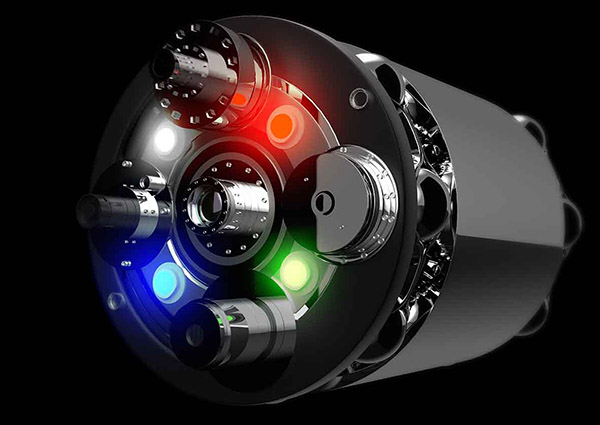
This will in effect, widens the coverage areas of each surrounding Zone Tubes™ in an autonomous effort to extend the coverage areas into the previously missing sensed areas. Normal operation has the electronics safely recessed deep within the base of the housing of which, provides a normal narrow sensing area for SOP’s. In some circumstances, the entire Zone Tubes™ groupings may additionally rotate and aim themselves towards the newly identified unsecured area, in order to secure areas as to enhance system redundancies.
An unfortunate “Cause and Effect” aspect of modern society is the capability of terrorists to successfully carry out acts of terrorism, wherein a single aggression may easily cause a significant loss of life. Such acts of terrorism are commonly directed to locations where groups of potential victims assemble en masse, such as an open air concert venue, a stadium or other public gatherings. In such situations, the perpetrator of the threat can use any number of devices to cause harm to others in rapid succession such as guns, projectiles and explosives. Longer termed threats such as slower time-lined damaging effects resulting from sonic or ultrasonic weapons, exposure to biological toxins, pathogens to short or long termed radiation exposure to name a few.
The Space Shields® threat identification systems may further identify birds or drones. Alerting commercial pilots prior to takeoffs or landings in support from possible bird strike conditions and providing preemptive collisions alerts with drones. Furthermore, identifying overflying or approaching drones within a stadium environment may thwart a possible threat.
Space Shields® threat identification devices described herein include a test mode (i.e. a start-up mode or a calibration mode) which is activated through a control unit or system, wherein the test mode includes a light source, such as a laser, associated with each Zone Tubes™ directional location. During the test mode, the light source emits a focused beam of light from each tube, which propagates outwards from the respective tube and highlights the sensing area of each Zone Tubes™. This systems set up feature allows an operator to manually retarget preferred perimeter coverage areas by visibly verifying onto reflective surfaces around a stadium. The tubes can then be adjusted, either in terms of position, size, or orientation to create minimal overlap between the Zone Tubes™ while maximizing sensing coverage. Adjusting the Zone Tubes™ ensures proper operation and that there is no significant overlap between sensing zones, which reduces energy resources on surveilling repetitive sensing zones.
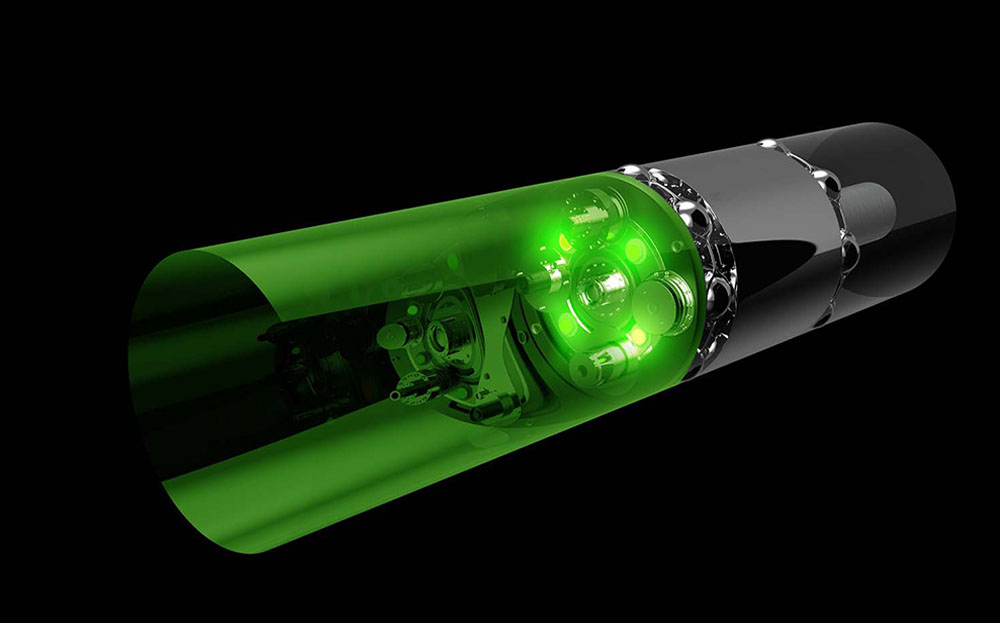
Space Shields® also includes internal deep learning biometric software which provides higher refresh rates to assure improvements in possible needed in image contrast clarity with detailed sharpness to aid working quickly in order to minimize error readings by capturing, reading, and processing data against a rapidly changing moving images foreground/background.
The Space Shields® threat identification device is capable of locating and isolating a shooter inside a stadium or any other building or structure within nanoseconds after firing the first shot. In particular, SpaceShields® may operate by triangulating the source of the external condition, which may be a gunshot, in a non-limiting example. A control unit may operate to determine the location and range of the external condition based on geometry between the unknown external condition location and the known position and orientation of the Zone Tubes™.
Sensors, microphones, or other detection features are arranged based on specific quadrants to reduce the calculations required to identify the threat. For example, rather than identifying a threat anywhere within a three dimensional plane, certain Zone Tubes™ may be reassigned to specific quadrants, such that when an external condition is detected, the controller is informed to retarget from which quadrant the threat came from. This information allows the system to eliminate information from the inactive quadrants, thus reducing the number of calculations provided on a dormant sensing area.
As such, the Space Shields® system may operate despite having some damaged Zone Tubes™ within a single sensing area. Moreover, due to the number of sensors and Zone Tubes™ included in implementations, it is implausible that a shooter or other threat, could destroy all of the sensors or Zone Tubes™ so as to generally inactivate the system. By contrast, conventional systems may be damaged by one single shot into any part of a structure to become inoperable. Furthermore, if a threat perpetrator diverts attention to damaging the systems structure, the threat identification device or system would be able to identify and announce the location of the threat, as described herein, which would be beneficial in providing time for people to escape the stadium or building structure that incorporates the threat identification device or system.
Moreover, Space Shields® may determine which direction a pathogen may have come from by specifying which Zone Tubes™ detected the pathogen, and in what order of alarm. For example, a pathogen will be carried by the airflow in a venue. As the pathogen moves past the threat identification device or system, certain Zone Tubes™ will detect the pathogen before other Zone Tubes™, which allows the system to determine the direction of the pathogen according to the position and the order of the Zone Tubes™ that detect the pathogen. Zone Tubes™ utilizes “swarm sensing” technology advancements will provide more efficiencies with less read errors being announced or false alerts being erroneously broadcasted. “Swarm sensing” generally refers to the ability of multiple sensors to work together to accomplish a common task, which reduces the inefficiencies associated with a single sensor accomplishing the same task as attempting to sense a allocated threat. Normal operations within a stadium consists of two to three independent SpaceShields® platforms linked in unison.

Moreover, Space Shields® present disclosure may include techniques to account for environmental conditions through “Smart Sensing Technology” and reduce the error rate associated with identifying a location of a gunshot. For example, where the electromagnetic spectrum of a vacuum frequency of air is 29.92 barometric pressure, sea level standard temperature is 15 degrees C / 59 degrees F. In this example, it is expected that environmental test conditions will occur in 1 nanosecond and results are usually evident within 2 seconds, while acoustic air is analyzed to start at millisecond depending upon the adiabatic laps rate. Each one of the Zone Tubes™ will conduct periodic automatic individual tests and compare separate intermittent test samples with group findings throughout several other testing/sensing systems around the stadium or event venue regarding air quality, to identify a correct solution in response. Based on this information, ballistics, ordinance, calculated caliber sizes and projectile’s force velocity decay to gravitational drop rates with atmospheric parasite friction drag may be identified and such information can be transmitted to the control unit for adjusting the detected location by a projected trajectory of a bullet…
